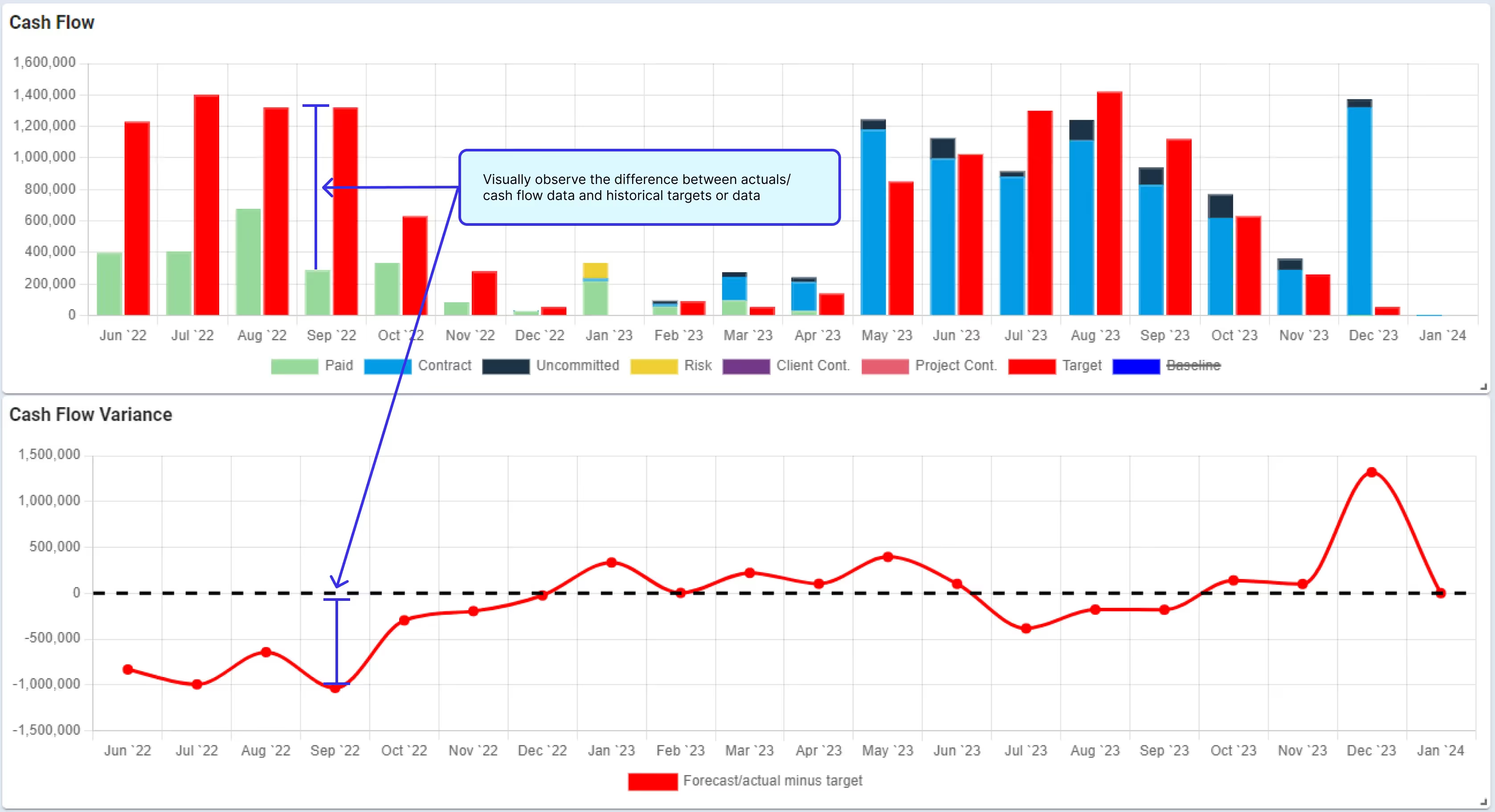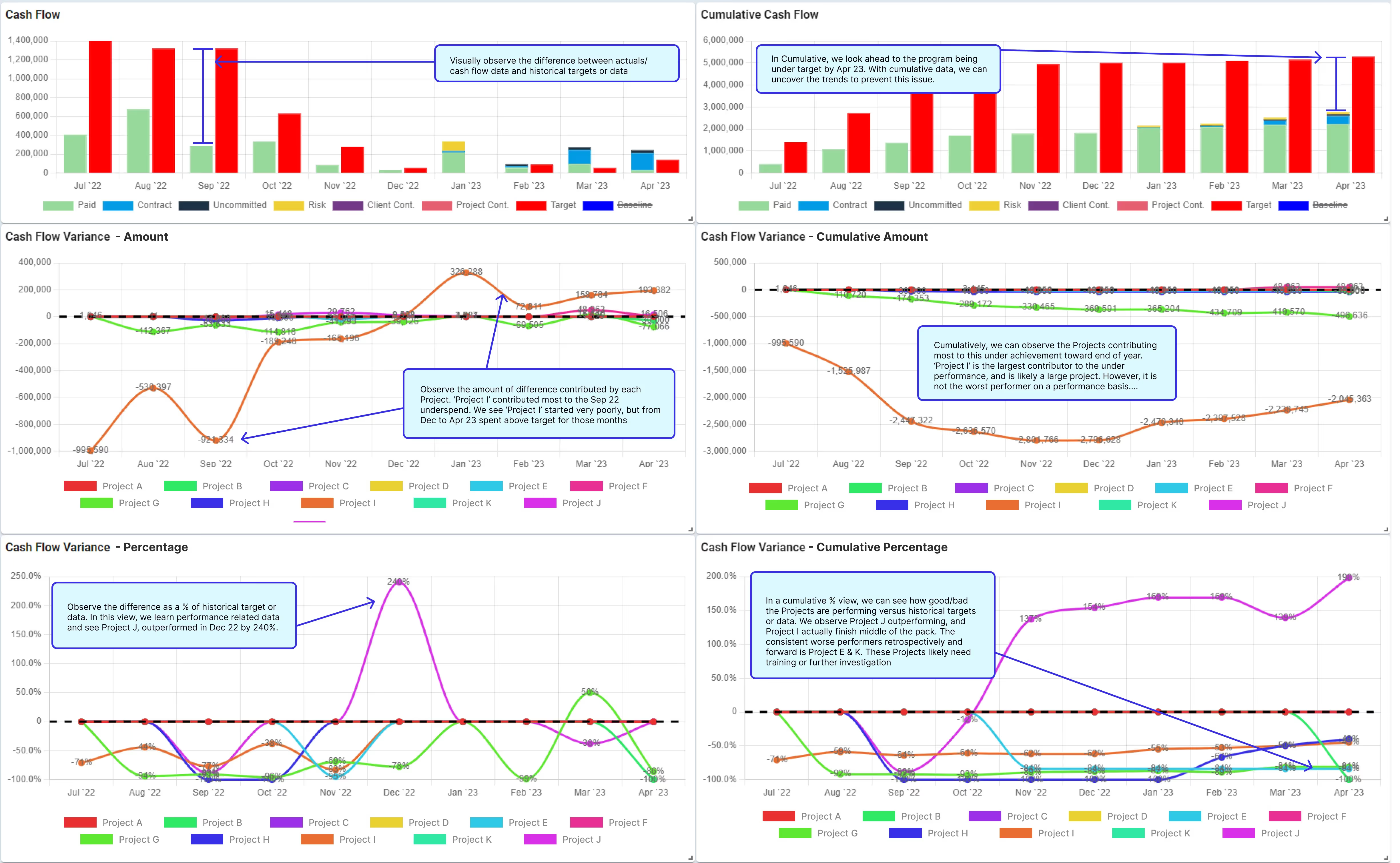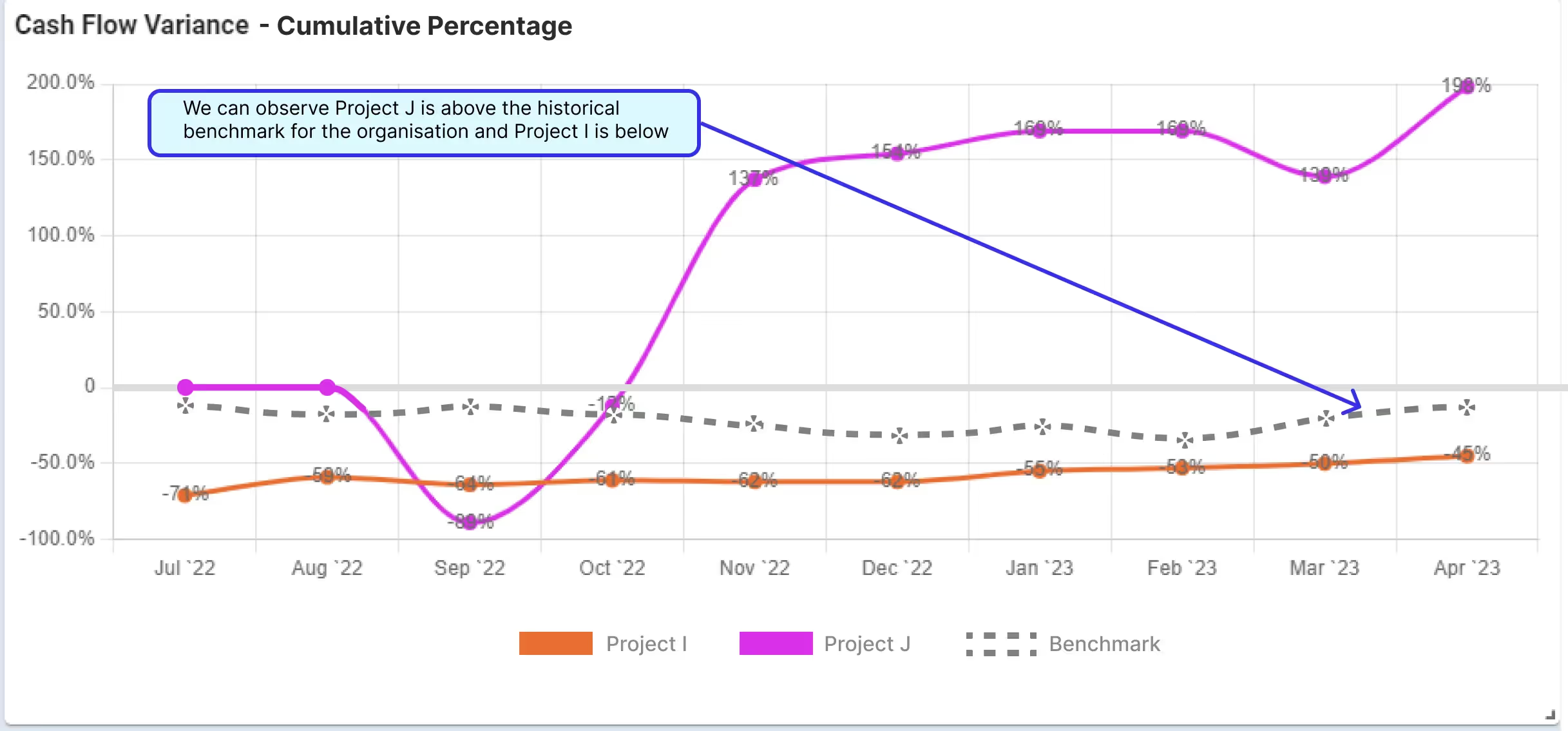Introduction: Data Driven Decisions for Construction Projects
In today's fast-paced business landscape, data-driven decision-making is the key to delivering projects on time and on budget. Passionate about our mission of enabling construction projects to be delivered efficiently and sustainably through easy-to-use digital tools, we understand the evolving needs of our users.
At Mastt we have designed a powerful dashboard and reporting system that caters to the diverse stages of our users' reporting maturity. New users can start simply with our dashboard builders and eventually mature into trend analysis with deep analytics.
Let's explore the four stages of the maturity lifecycle that Mastt has created, and how Mastt empowers Asset Owners and Project Consultants to transition from basic tools into a realm of enhanced reporting capabilities.
What is the Concept of "Reporting Maturity Lifecycle"?
At Mastt, we are fortunate enough to work in the construction industry with Asset Owners and Project/Program Consulting firms around the world. Through this work, we observe many different types of reporting and dashboard solutions, from basic spreadsheets through to multimillion dollar bespoke software.
The two ends of the scale are very different not only in how they are made, but how they capture and use data in the reports for decision-making. This is expected, with organisations having differing levels of development, experience, and effectiveness of a project management process. Just like in baseball, it’s rare to hit a home run and get straight past 3 bases on the diamond to return a home run – the fourth base. Most take hits and progress through the bases as the innings evolves, building on base hits and scoring wins with slow and steady progress.
Reporting is the same. It's very hard to go straight to stage 4, and so it's clear that there is a reporting journey as the information & decision-making matures. We have termed this the ‘Mastt reporting maturity lifecycle’ and make this intellectual property public in this blog in the hope of the betterment of the whole industry. The thought of a " construction project reporting maturity lifecycle" is not widely considered nor is it recognised term within the field of construction project management – until today.
Stage 1: Live Reporting - Unleash Real-time Project Insights
At the initial stage, Project Managers often rely on Excel spreadsheets and basic tools to manage their data. However, as they transition to Mastt, a world of digital data capture opens up for them and offers live reporting to Program and Portfolio managers. With Mastt's intuitive interface and seamless integration with various data sources, Program and Portfolio decision makers gain access to real-time project and program insights across cost, time, risk and status Mastt’s unique ability to view aggregated project information at a portfolio level and then drill down to view granular data at a program and project level empowers users to make informed decisions on the spot. The ability to access and share live data across teams fosters collaboration and ensures everyone stays up to date with the latest project developments. These benefits are available now with Mastt!

Stage 2: Comparison Reporting - Focus on "What has Changed"
As Asset Owners progress to the second stage of their reporting journey, their focus shifts to understanding the changes that have occurred since their last login or reporting period. Mastt is developing comparison reporting capabilities that enable users to effortlessly track and identify these changes, streamlining their workflow by consuming information ‘by exception’ only. This aims to deliver valuable actionable insights to users, going beyond mere data reporting.
For instance, its likely you’re already across your portfolio as a Head of Capital Projects for an Asset Owner. So, imagine a report that just shows you the ups, downs, activity of your portfolio since you lasted enquired. By implementing this approach, we bring exceptional need to know information to your attention, ensuring you stay informed about notable changes that fall outside the specified range. By providing a concise overview of simply ‘what’s changed’ users can save valuable time and effort by zooming in on the most critical updates. The ability to quickly pinpoint and address discrepancies enhances efficiency and facilitates proactive decision-making. These features are coming soon!

Stage 3: Trend Reporting - Unlock the Power of Historical Data
At the third stage of the maturity lifecycle, construction project decision makers seek deeper insights into the long-term performance of their projects. Our product vision sees a future of trend-reporting functionality that empowers users to analyse data over time, enabling them to identify patterns, spot emerging trends, and make data-driven predictions. The comprehensive historical data visualisation tools within Mastt will enable users to monitor and measure key metrics, project progress, and performance trends. This stage enhances strategic planning, risk mitigation, and resource allocation, leading to optimised project outcomes. As users build valuable data sets in Mastt, they will unlock all the benefits of Stage 3 together with Mastt and help us build this future!

Stage 4: Benchmarking and Lessons - Gaining Competitive Edge
The fourth maturity stage brings project teams to a new realm of strategic decision-making. Mastt's benchmarking and lessons-learned capabilities provides users with the ability to compare their trends, project performance, and key metrics against peers and industry standards. By leveraging this data-driven approach, users gain valuable insights into areas of improvement, best practices, and potential opportunities. Otherwise how else would you know how you are going? This stage fosters a culture of continuous improvement, allowing users to stay ahead of the competition and make informed decisions based on industry benchmarks.

Stage 5+: Emerging Stages- Artificial Intelligence Powered Dashboards
An emerging stage 5+ relies on harnessing the power of artificial intelligence (AI) to get the full potential out of project data. This is currently a challenge for the construction industry, as data remains fragmented and inaccessible for Ai. In addition, to get stage 5+ and Ai-readiness, you must first pass through all 4 stages of maturity. Mastt is at the forefront of this advancement toward Ai-readiness for reporting in the construction industry, centralising necessary cost, time, risk, user and status information with high quality, proper cleaned and pre-processed for use of Ai. We will explore this in a future blog post!
Conclusion: A reporting framework for capital programs
The four stages of the ‘Mastt reporting maturity lifecycle’ provide a framework for reporting change in organisations delivering capital programs. The four stages of the lifecycle offer a clear progressive journey toward maturity in the reporting process to become more data-driven in decision-making. We encourage organisations to start their maturity assessments at Stage 1 and move through the stages progressively, rather than attempting to go straight to stage 4.
Organisations need to respect the stages and build collective knowledge, time-series datasets and undertake organisational training. If executed correctly, this maturity leads to superior project outcomes and is the key to delivering projects on time and on budget. Stage 3 or 4 maturity at minimum is necessary in today's data-centric business landscape where cost and time overruns remain the unfortunate normal. At Mastt, we provide a platform that makes it easy for organisations to enter Stage 1 and then progress seamlessly through the remaining stages of the reporting maturity lifecycle toward emerging Stage 5+ for Ai readiness.






.avif)



